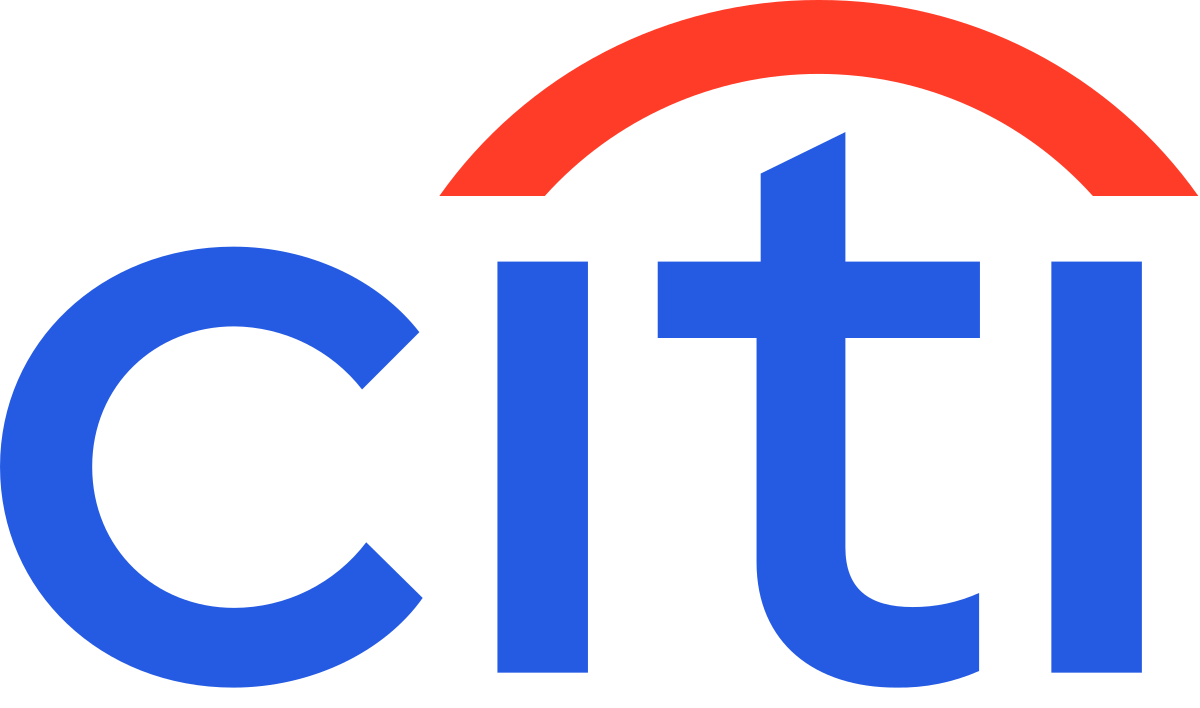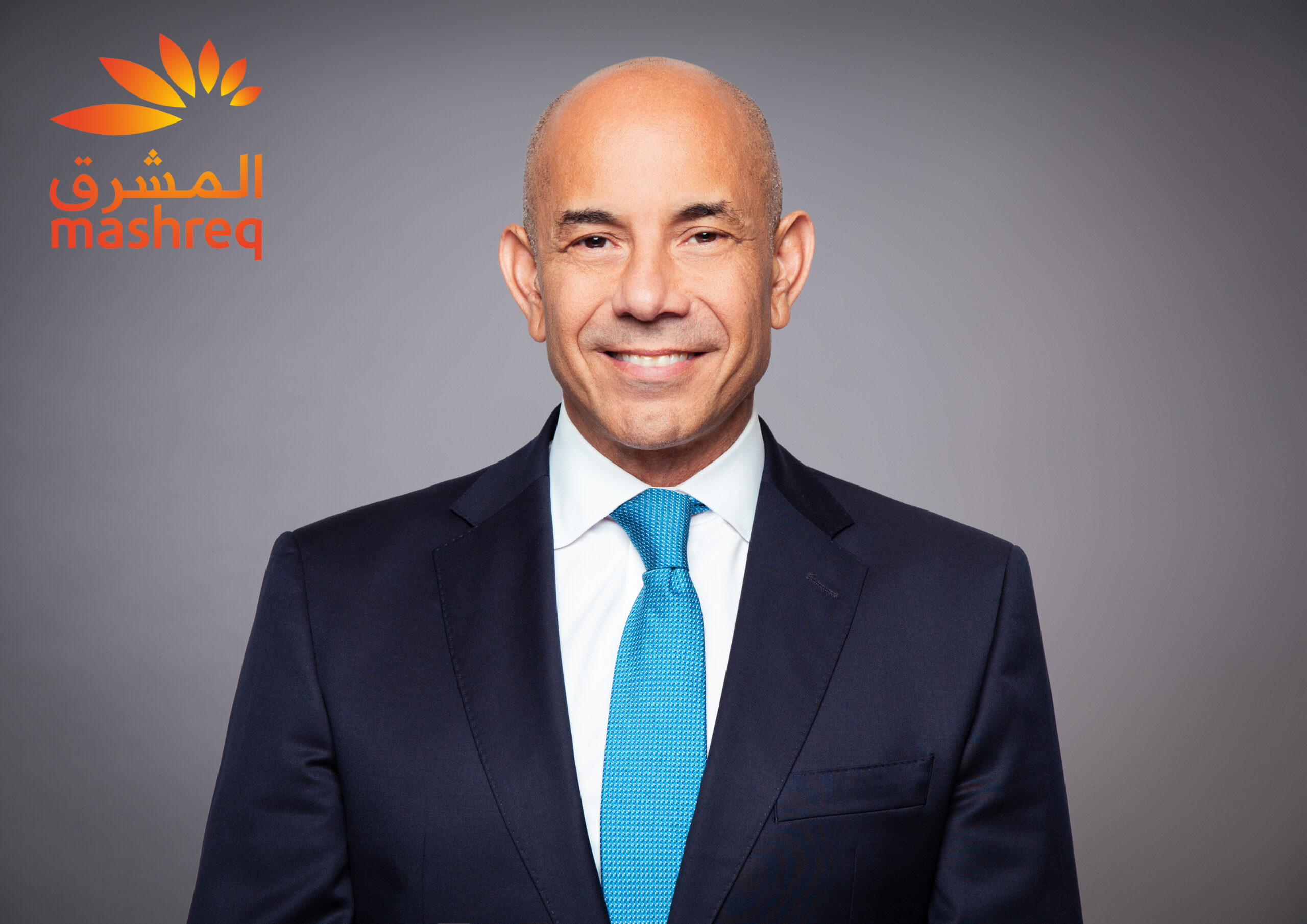| Contributing authors | |
 |
Erik Johnson Global Coordinator CitiFX Risk Solutions, Citi |
 |
Dr Duncan Cole, EMEA Treasury Advisory Group, Treasury and Trade Solutions, Citi |
With the convergence of new technology and established business models, driven by increased digitization and hyper-connectivity offering collaborative ecosystems, many industries are now seeing long-standing boundaries blur or dissolve altogether. This opens the door to entirely new business models, capable of providing the most convenient customer experience across physical and digital channels.
Our 2018 Digital Treasury Transformation Survey explores the changes that treasury professionals are experiencing as a result of emerging technologies, and what technology and processes they are adopting as a result. Many corporates are now becoming curious about the possibilities, with two-thirds of respondents indicating that they currently have a digital strategy in place at enterprise level.
A similar number indicate that digital transformation is a priority for their organization and that they are now looking at opportunities emerging across the core business and the treasury function as a result of new technologies.
g1citi
Figure 1: Current corporate focus on digital themes (as seen at Figure 7 in the Digital Treasury Transformation Survey)
The Digital Treasury
Today, many are considering their digital strategy to bring about a fully automated real-time operational treasury, where:
– manual processes are fully automated through the adoption of emerging technologies
– fragmented ecosystems are rationalised and connected internally and externally in real-time through application programing interfaces (“APIs”) to enable the real-time flow of information
– basic management reports are replaced with enhanced Artificial Intelligence-led analytical capabilities to model the risk dynamics of the business
While this digital journey gets under way, the fundamentals remain unchanged. Treasury will still need to manage business-related financial risks, reduce funding costs and ensure sufficient liquidity is in place. How best these objectives are achieved also remains unchanged – namely, by centralizing cash and risk through in-house bank constructs.
What has changed, however, is the pace and agility with which treasury needs to support a rapidly altering business model, and the means by which this might be achieved. Examples include the adoption of emerging technologies such as machine learning and robotic process automation. However, an unfortunate consequence is the emergence of a heightened cyber-threat, which has driven the need for increased vigilance and preparedness.
Opportunity to solve the forecast challenge
The demand for forecast accuracy has a strong correlation with the expected cost of inaccuracy. Accurate forecasting remains a challenge across all industries and plays well into the need for new technologies. Without such technologies, many corporates today simply reduce hedging tenor and ratio often under the mantra of “less is better”, or at least “safer”. Although under specific market conditions this may deliver positive results, over time this is far from efficient.
While forecasting models are certainly available, many corporates are still dependent on intuitive “guestimate” inputs such as forecasting error standard deviations. Looking forward, we see it is conceivable that a “digital real-time treasury of the future” may mitigate many of these concerns.
Here are two thoughts. The first is to envision having machine-learning techniques that dynamically or automatically feed real-time and validated inputs, such as forecast error variance measurement, into a corporation’s risk management model embedded within its treasury system. The second thought, contingent on the first, is to use the data received to feed an automated rules-based hedging programme based on company-specific risk thresholds and cost sensitivities. This combination helps to free up staff to focus on other priorities and mitigate ineffective hedging practices. What is more, if counter-party risk policies are digitally mapped alongside pre-agreed margins, full automation can be achieved.
New sourcing models
As the opportunity to automate treasury starts to take hold, we expect two sourcing models to come to the fore.
Firstly, we expect a much deeper embedding of existing bank-provided capabilities within client-side ERP and TMS platforms. This is embedded service provision to the point where the need to discuss technicalities, such as connectivity and communication channels for information transfer, dissipate completely. This will suit those who have already invested heavily in their technology platforms, as this should materialize through planned upgrades. Adopting such an approach would thus mean that the end-user would not need to understand how the technologies work, but rather to understand what value and process enhancement the emerging solutions and services coming on stream could offer.
Secondly, we expect the reemergence of a treasury outsource model. However, this time rather than being people-based, it will be digitally enabled and cloud provisioned. This would suit especially those who have not invested heavily in treasury infrastructure. Here, risk management services executed on behalf of clients through a next-generation multi-client ERP- and TMS-equivalent platform, based on digitized treasury policies and operating procedures priced for outcome, may become commonplace.
In summary
In 2019 we expect much greater collaboration across bank, technology and other partners to investigate such opportunities and perhaps commence the journey to bring about this transformation.
Looking beyond 2019 and to what could follow the full automation of operational treasury, we see the fundamentals of treasury may need reconsidering, reevaluating and perhaps reinventing, based on a forecast that includes an ever-changing digital world and on a view into the new priority mix of risks that could emerge.





